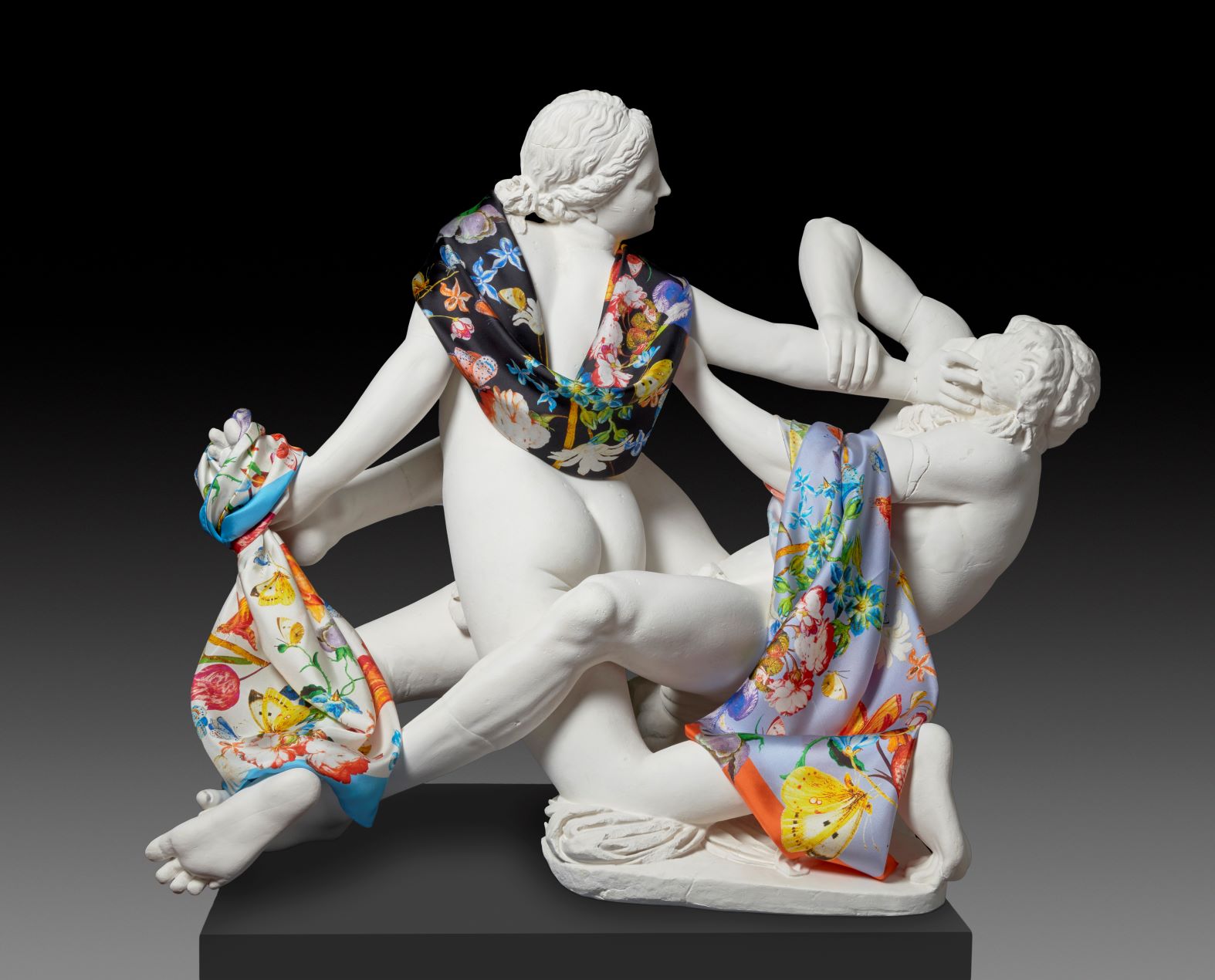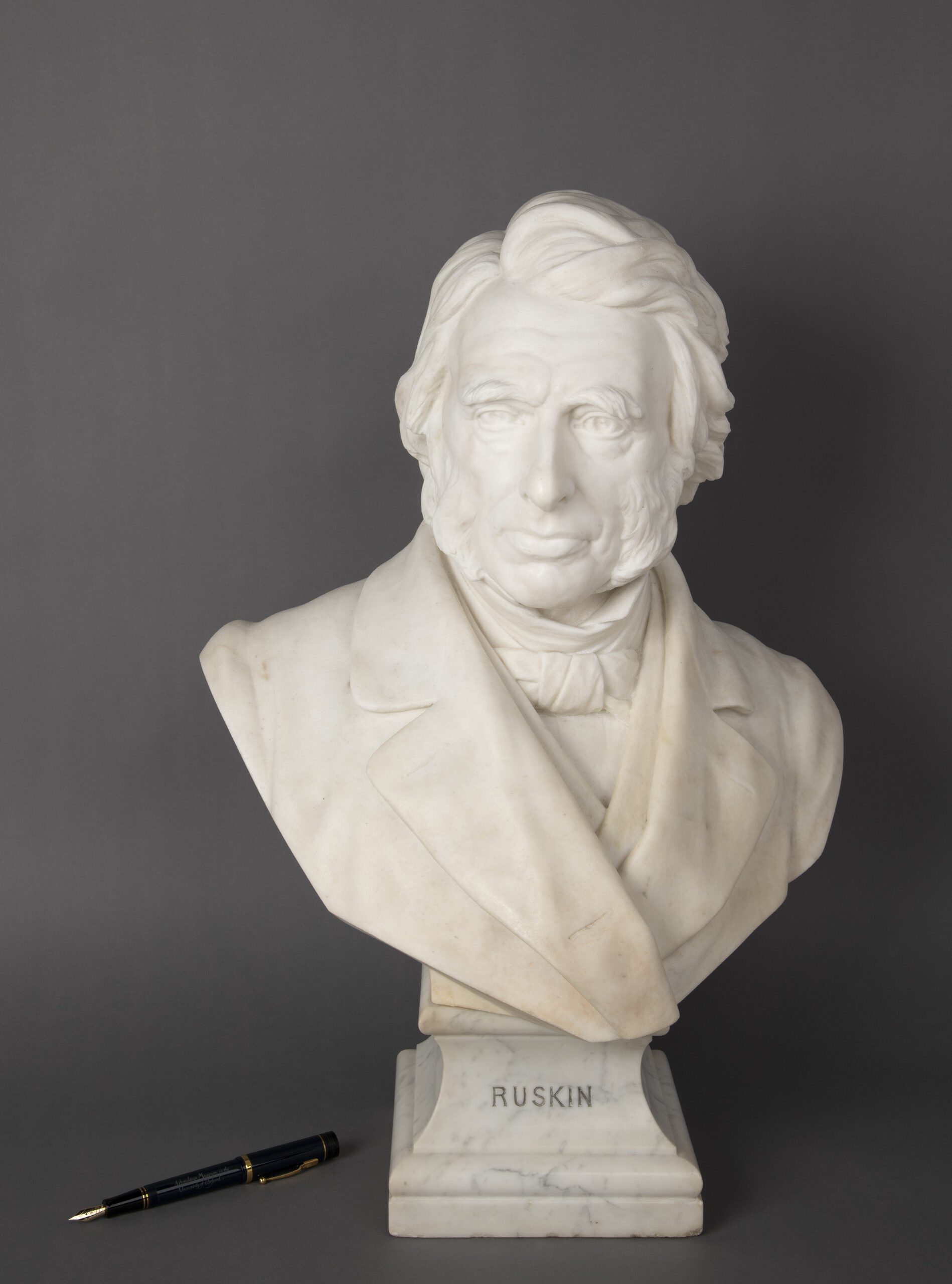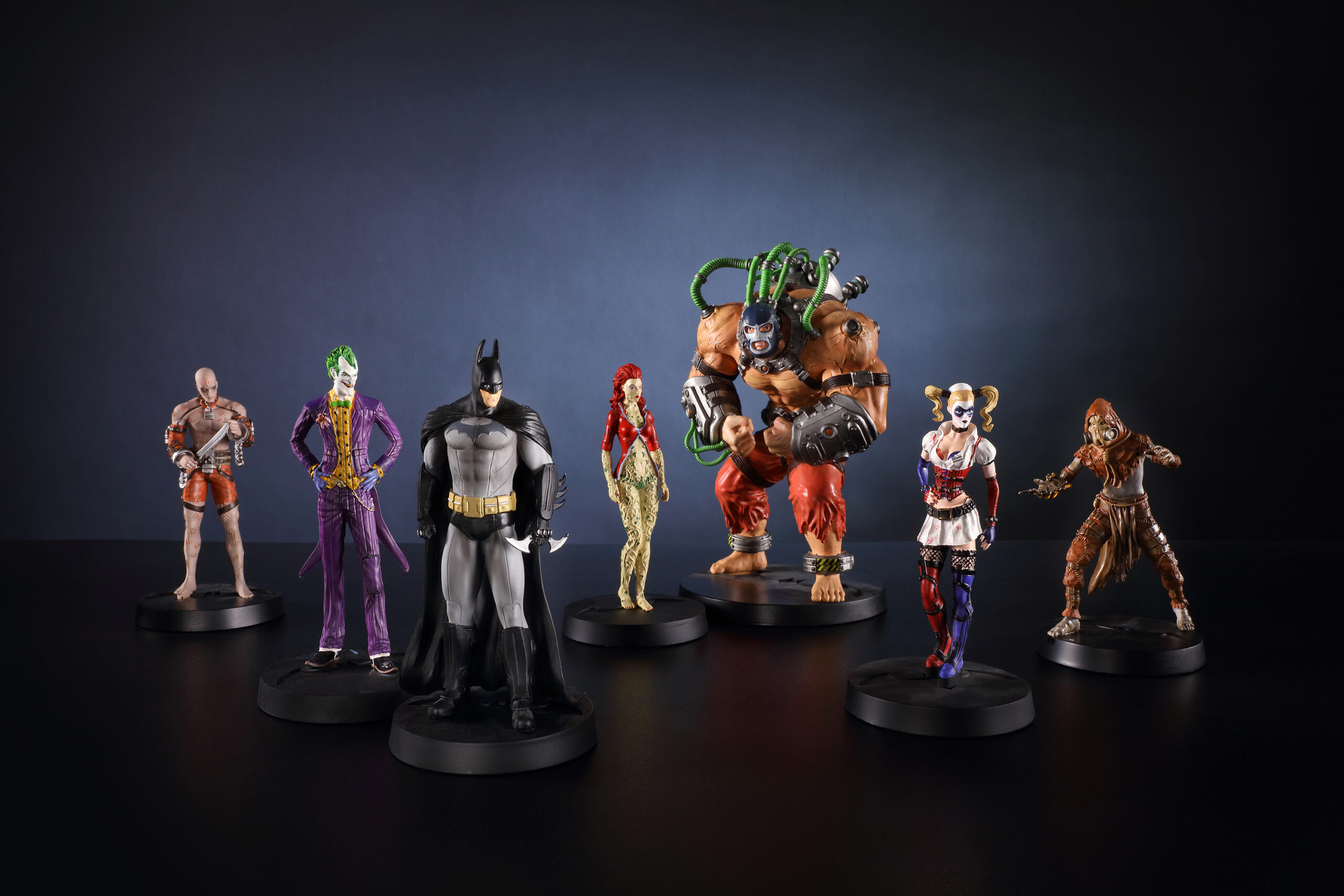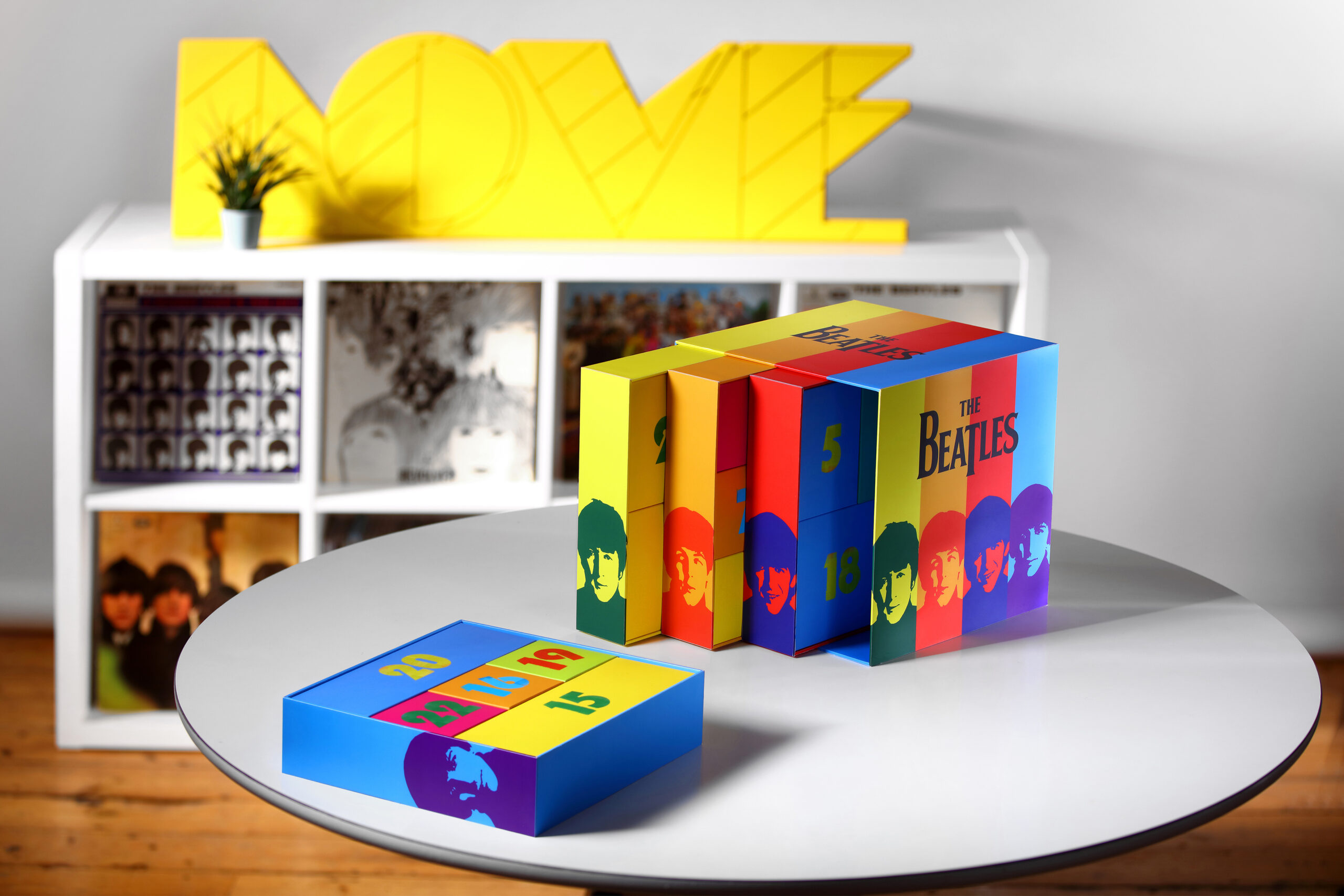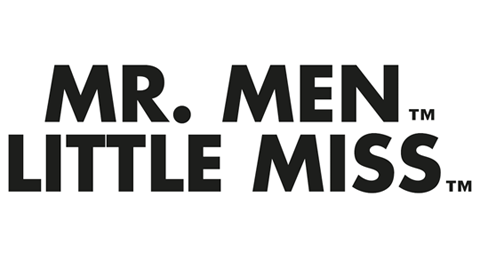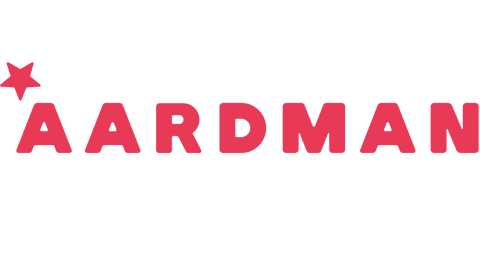Stuart Lawrence, the author of Silence is Not an Option, and brother of murdered schoolboy, Stephen Lawrence, is participating in a diversity and inclusion workshop led by Products of Change co-founder, Helena Mansell-Stopher at the Brand & Licensing Innovation Summit taking place this month.
The workshop is one of the final sessions to be announced for the packed three-day online event, which takes place June 9th to 11th. Designed specifically to help middle-management, business leaders and owners navigate the changing retail, content and consumer landscape, three-day passes to B&LIS cost £249 (£224 for Licensing International members and qualified retailers are invited to attend free of charge.)
Emoji company CEO and founder Marco Hüsges joins WildBrain CPLG’s EVP and managing director Maarten Weck and WildBrain Spark’s commercial director Rachel Taylor to reveal how they have built an extensive merchandise offering and robust retail presence for the Emoji brand in Europe, including a recently forged content and licensing partnership for new digital-first series Emojitown.
In their session, Emojitown: The Power of Building Brands with Digital-First Strategies, they will explore the significant potential of AVOD and digital strategies in driving successful licensing and merchandising campaigns to build brand success for the long-term.
Senior leaders, broadcast and brand licensing experts from Studiocanal (Valérie Rolandez-Barrios), WarnerMedia (Rachel Wakley) and Moonbug (Adam Steel) are also confirmed for a closing-day panel ‘New Streams of Consumerism: How Entertainment is Evolving’, which will look at how brands can create equivalent awareness and maintain visibility on streaming platforms with much shorter marketing windows than traditional entertainment releases.
Kornit Digital and EPIK will present sponsored workshops on DTR (direct to retail) and NFT (Non Fungible Tokens), respectively. Taking place on opening day, ‘How the licensing industry is evolving with direct to retail’ will look at one of the toughest challenges ever to face the traditional licensing model; and on the final day, ‘The NFT playbook’ is a deep dive into everything NFT and digital merchandise.
Each of three days of B&LIS focuses on a different theme, with exclusive keynotes as outlined below:
Day 1 – Trends and retail. Keynote: Innovate, adapt, disrupt: In conversation with Lars-Johan Jarnheimer, IKEA Group chairman
Day 2: CSR and sustainability: Keynote: Why the future will be blue – how to become an agent of change: Smurfs’ Philippe Glorieux and Caroline Petit of the United Nations Regional Information Center.
Day 3: Content & digital transformations: Keynote: The Wayfair boost: leveraging ecomm ads for product programmes, Ankit Mangal, director of Wayfair
“Covering everything from sustainability, to diversity and inclusion, sport, streaming, toys, gaming, NFTs, DTR, bricks n mortar and ecommerce, and the changing consumer trends among younger generations, B&LIS will draw out trends and insight from within and outside the brand and licensing industries to really help delegates drive the future direction of their brands, businesses and stores,” explained Anna Knight, VP Licensing, Informa Markets.
“This agenda will challenge you to take stock, open your mind and think differently, so be prepared for an inspirational three days.”
Delegates from the following companies have already signed up to attend: Aldi, Aykroyd & Sons, Amazon, Asda, Blue’s Clothing, Character World, Chupa Chups, DC Thomson Media, Dreamtex, EMP Merchandising, General Mills, Hachette, HTI Toys, Jaz Toys, Popgear, Primark, Simba Dickie, Tesco, Walt Disney Company, Beanstalk, The Entertainer, Unilever, ViacomCBS and Schwager & Steinlein Verlag.
The longlist of confirmed speakers include:
Rikesh Desai, Licensing Director – Merchandise, Partnerships and Interactive, UK & EMEA Consumer Products, BBC Studios
John Friend, Head of Halo and Xbox Consumer Products, Microsoft
Stephanie Freeman, Senior Global Licensing Manager – Outbound Licensing, The LEGO Group
Gabrielle Sims, Head of Licensing, FatFace
Dan Avener, Chief Executive Officer, MDR Brand Management
Karen Hewitt, Co-Founder, Character.com
Susan Bolsover, Global Licensing and Consumer Products Director – Penguin Ventures, Penguin Random House UK
June Kirkwood, Sustainable Licensing Consultant, Nutmeg Licensing & Sustaineers Consultants
Simon Gresswell, Managing Director, SGLP
Gary Pope, Co-Founder, Kids Industries
Graham Saltmarsh, Managing Director, Licensing International – UK
Ben Roberts, Content Editor, License Global
Claire McClelland, Client Executive – Entertainment, Kantar
Dorian Bloch, Senior Client Director, Market Intelligence, GfK
Helena Mansell-Stopher, Founder, Products of Change
Ian Shepherd, Founder and CEO, The Social Store
Emily Aldridge, Head of Global Licensing, Abysse Corp
Charlotte Delobelle, European Brand Ambassador, Fashion Snoops
Kate French, Senior Category Manager – Softlines (Footwear, Accessories, Home & Gifting), Hasbro
Steven Plackett, Managing Director, Vista Stationery & Print (Carousel Calendars)
Dan Grant, Licensing Director, Danilo
Leonora Aixas, Co-Founder, DNA Brands
Steve Cox, UK Sales Director, Keel Toys
Sue Stanley, Licensing Director, Brans In Limited
Mark Bezodis, Licensing Managing Director, Perry Ellis International
Scott Macrae, Brands, License, New Business and Partnerships Mission Lead, George at Asda
Dan Amos, Head of Gaming and Esports, Difuzed
Marie-Laure Marchand, SVP Global Consumer Products and Business Development, Chefclub
Valérie Rolandez-Barrios, Vice President of IP Licensing & Partnerships, Studiocanal
Jade Snart, Sustainability and Technical Compliance Expert, George at Asda
Alex Balzaretti, Senior Manager, Commonwealth Games Federation Partnership (CGFP)
Kate Gibson, Managing Director, Gibsons Games
Gary Jacobson, Brand Licensing Manager, Tottenham Hotspur
Lisa Hey, Head of Product Development, Character World
Claire Bradbury, Global Account Director, PowerStation Studio
Philippe Glorieux, Head of Marketing, Communications & Family Entertainment, IMPS – The Smurfs
Caroline Petit, Deputy Director, United Nations Regional Information Center (UNRIC)
Maxine Lister, Head of Licensing, Natural History Museum
Rachel Wakley, General Manager UK, WarnerMedia
Paul Hepworth, Vice President, Licensing, Liverpool Football Club
Sabine Hulsman, CEO, The Cookie Company Group
Pamela Stathaki, Global Head of Sustainability, The Marketing Store, Europe
Jeremy Goldsmith, Managing Director, Event Merchandising Ltd
Lars-Johan Jarnheimer, Chairman, Ingka Holding, IKEA Group
Adam Steel, Licensing & Franchise, Moonbug
Gary Ma, COO, Epik
Winston King, VP Partnerships, Epik
Daniel Ruben, Workflow Solutions Director, Kornit Digital
Alistair Mylchreest, Segment Head – Licensors, Kornit Digital
Frédérique Tutt, Global Toys Industry Advisor, NPD
Stuart Lawrence, Author, Silence Is Not an Option: You Can Impact the World for Change
Maarten Weck, EVP & Managing Director, WildBrain CPLG
Rachel Taylor, Commercial Director, WildBrain Spark
Marco Hüsges, CEO & Founder, emoji Company
Ankit Mangal, Director, Wayfair
Gary Grant, Founder and Executive Chairman, The Entertainer
John Baulch, Publisher and Managing Director, Toy World Magazine
Anita Majhu, Senior Licensing & Global Sustainability Manager, BBC Studios
Gianni Romano, Company Director, Lyfcycle







